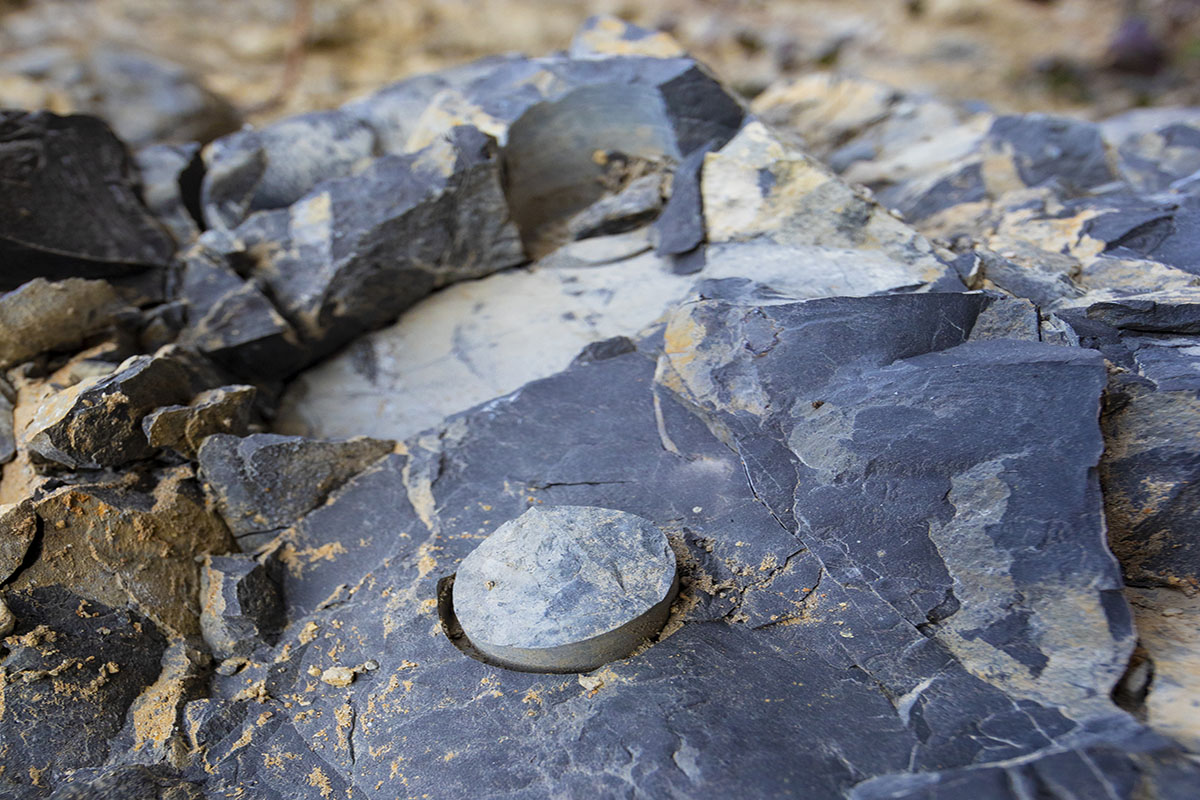Machine-learning model sees hydrogen storage potential in shale rock
Depleted gas reservoirs may have found a new lease of life as underground hydrogen stores.
When burned, hydrogen produces only water vapor, making it an attractive, clean fuel. As an energy source, hydrogen could reduce our reliance on fossil fuels and help meet society’s goal to achieve zero-carbon emissions. But to fully harness its potential, large-scale ways to store hydrogen, and allow its release when required, must be found.
From a geological perspective, shales could offer a promising solution. These rock formations contain naturally occurring, sealed compartments with nano to micro-structured organic sites. Once hydrocarbons are removed, the shale can be repurposed to store hydrogen, thanks to its ability to adsorb the gas.
To determine the most suitable shale formation for this purpose, a team led by Muhammad Arif at Khalifa University developed a model to predict hydrogen adsorption in different types of shale, in the presence of methane1. “Our observations reveal the adsorption potential of hydrogen in shale, particularly organic-rich shales, for the purpose of sub-surface hydrogen storage,” says Arif.
“Data-driven models allow robust hydrogen adsorption prediction compared with time-consuming laboratory experiments.”
Muhammad Arif
Shale is a rock composed of both organic components called kerogen and inorganic, fine-grained minerals. Different types of shale can be classified in terms of their oxygen-to-carbon and hydrogen-to-carbon ratios. The researchers included these two elemental ratios, as well as pressure, temperature, adsorbed methane on kerogens, and kerogen density as input parameters for their data-driven model.
“The adsorption of hydrogen on shale surfaces is found to increase with growing pressure and to decrease at elevated temperatures,” says Arif. The type of organic matter in the shale affects the hydrogen storage capacity too. Kerogen with less oxygen and hydrogen than carbon is best for storing hydrogen due to the abundance of very small holes called micropores that can trap the gas.
The researchers tested a range of machine-learning models to predict hydrogen adsorption in shale and found that the type of model used had an influence on its predictive capability. “Gradient-boosting regression is the most effective [model] in terms of its prediction, and the observed variation in performance for the different models is likely a consequence of the differences in their architectural frameworks,” says Arif.
“Our observations reveal the adsorption potential of hydrogen in shale, particularly organic-rich shales, for the purpose of sub-surface hydrogen storage.”
Muhammad Arif
“Data-driven models allow robust hydrogen adsorption prediction saving a great amount of time-consuming laboratory experiments,” says Arif. “These models also allow us to establish feature-importance ranking to examine the impact of the factors influencing hydrogen adsorption before putting them into practice.”
The impact of varying mineral compositions on shale’s hydrogen storage capacity remains to be investigated. And the evaluation of the hydrogen storage potential of depleted hydrocarbon reservoirs and saline aquifers will be a rich area for further studies.
Reference
1- Kalam, S., Arif M., Raza, A., Lashari, N., Mahmoud, M. Data-driven modeling to predict adsorption of hydrogen on shale kerogen: Implication for underground hydrogen storage. Int. J. Coal Geol. 280, 104386, 2023. | Article




